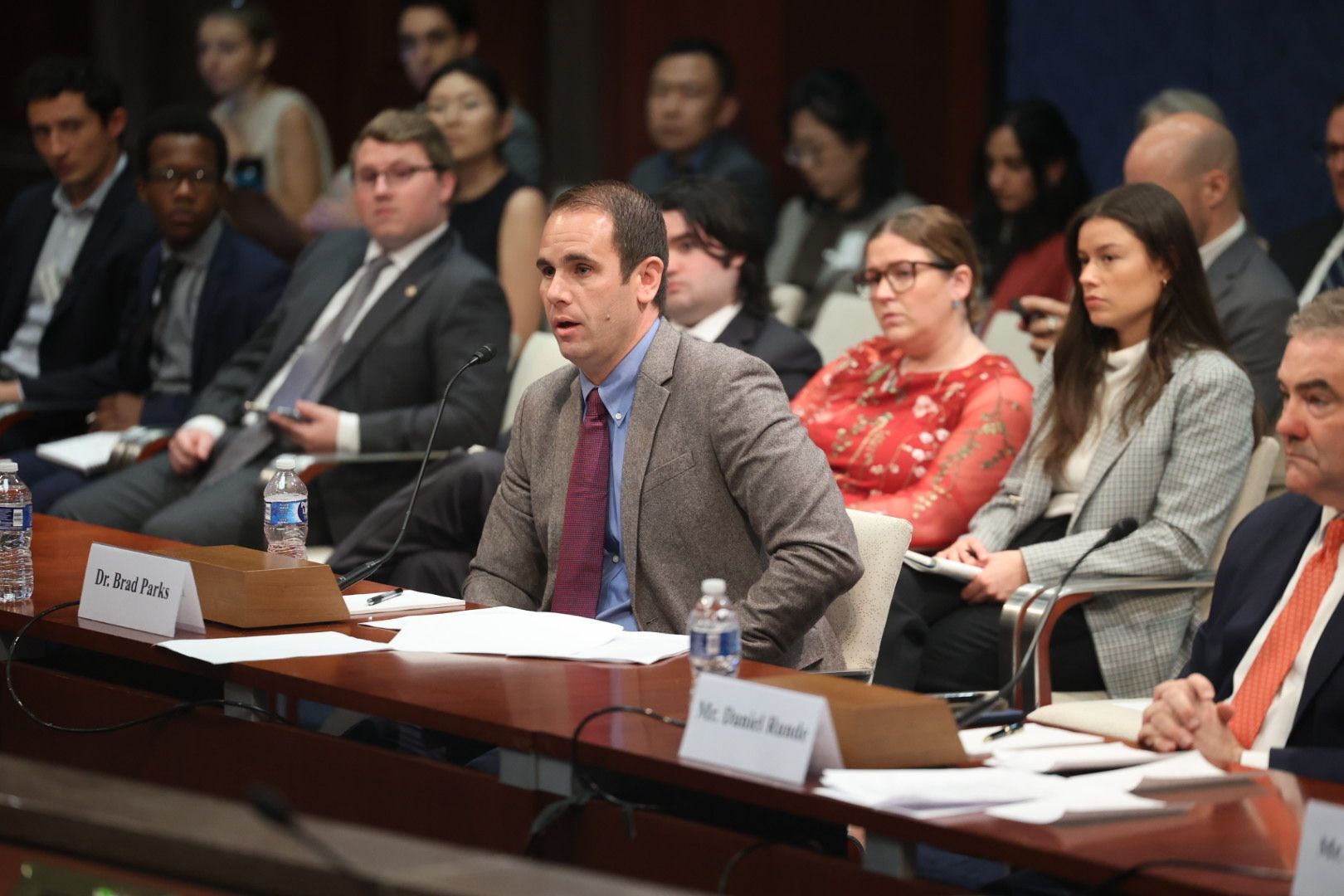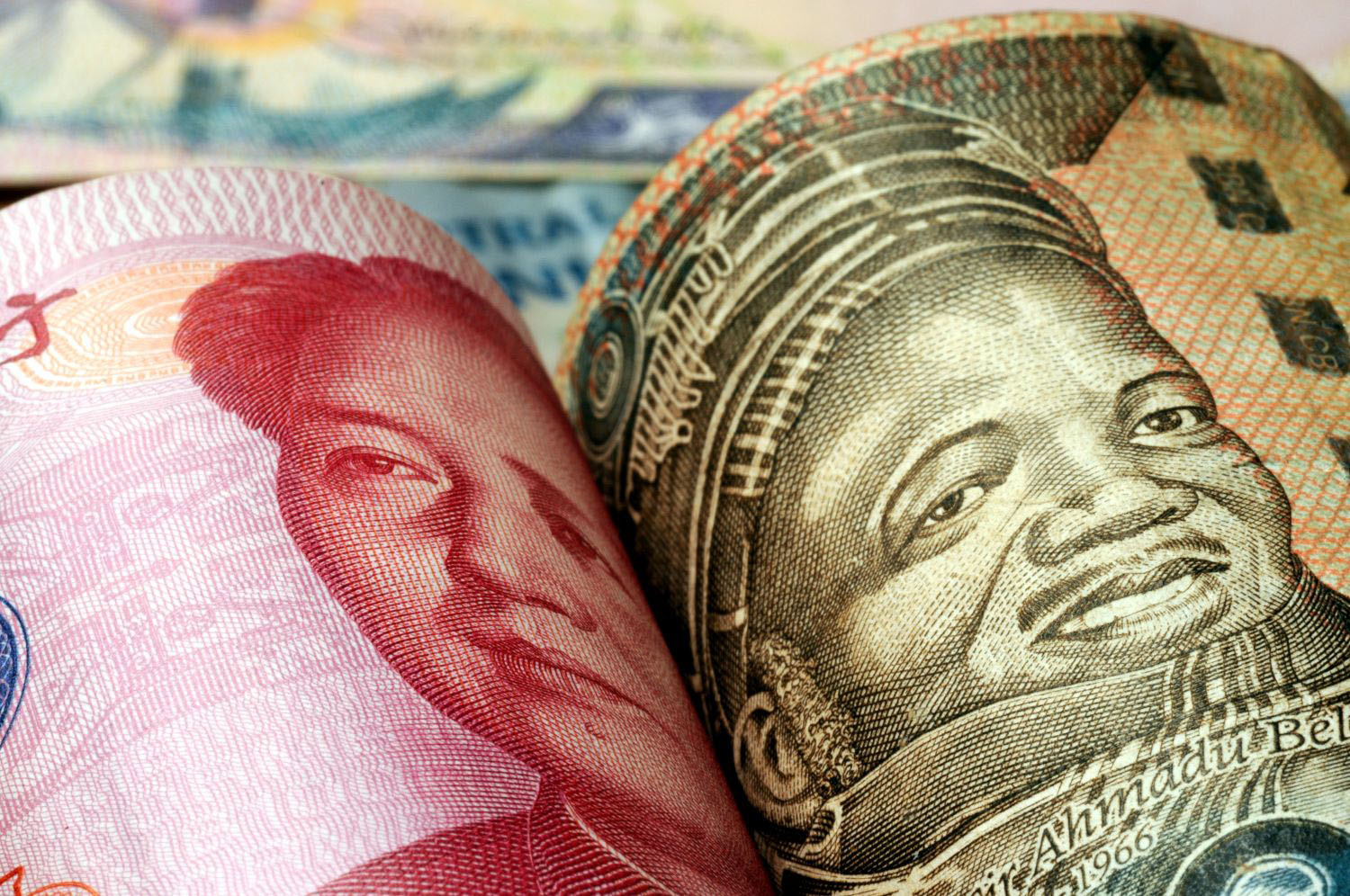An interesting paper (and podcast) by Francis Fukuyama and Michael Bennon look at China’s Belt and Road Initiative (BRI) and recent debt distress in BRI project countries, building on work by Scott Morris and co-authors that examined 100 Chinese debt contracts with foreign governments. BRI has involved Chinese state-owned enterprises developing infrastructure with financing from the China Development Bank and the China Export–Import Bank. Recently, BRI projects have been part-cause of sovereign debt distress in a number of developing countries. Bennon and Fukuyama suggest that’s related to the fact that under BRI, China’s state owned enterprises get the benefits of being a sovereign creditor (backed by a big government that’s hard to ignore) without the disclosure and equity requirements usually required around sovereign-to-sovereign debt, all while armed with contractual provisions designed to protect private investors like (host country) sovereign guarantees. That’s meant they’ve kept on being paid even as partner countries have defaulted on other debts.
There’s a parallel with development finance institutions (DFIs) like the International Finance Corporation, the US International Development Finance Corporation, and UK British International Investment—publicly funded institutions that make private sector and sub-sovereign investments in developing countries. They, too, meet far lower standards of transparency than public-to-public finance. They, too, have the backing of a big (or many big) sovereign creditors and still tend to be involved in deals that involve a lot of public finance. And they, too, tend to get paid back when other creditors aren’t. As the IFC advertises to its own creditors and potential investment partners, the corporation gets preferred access to foreign exchange in the event of country foreign exchange shortage, IFC investments are excluded from general country debt rescheduling, and bank regulators exempt IFC B Loans (where the corporation sells on parts of loans it has made to private banks) from mandatory country risk provisioning.
Indeed, the IFC used to be pretty blunt in pointing out the investors that it could use the threat of World Bank Group displeasure (and the sovereign lending and credits involved) to force governments to make sure it was paid: “IFC works closely with the World Bank to ensure appropriate treatment. There is no automatic cross-conditionality between the World Bank and IFC, but both institutions cooperate at the highest levels and work together to solve preferred creditor status issues. The institutions recognize that there is an overriding mutual benefit in protecting the status of the other institutions in the World Bank Group.”
Multilateral banks as a whole are preferred creditors: government debtors pay them back even when they are defaulting elsewhere. The private sector arms of these institutions get similar treatment. Doubtless most bilateral development finance institutions are also willing to lean in to their de facto status as sovereign lenders when it suits. The inadequately transparent Global Emerging Markets database of DFI operations suggests this model works for them: over the period 1994-2020 they’ve only faced a default rate with private counterparties of 3.6 percent and for sub-sovereigns (including municipalities and state owned enterprises) of just 2.2 percent.
Because their operations are smaller and more diffuse than BRI at its height, and their exposure is (somewhat) more geared to private investments without implicit or explicit guarantee, DFIs haven’t been a major factor in recent debt distress. But they still share with the Belt and Road model that, when push comes to shove in terms of getting their money back, they want to be treated like big important governments, not like any old bank in the private sector. That should be a warning for actual private investors thinking they can match DFI default rates in developing markets, but also for firms and countries welcoming DFI investment as an alternative to the rapidly shrinking BRI. Caveat debitor.
CGD blog posts reflect the views of the authors, drawing on prior research and experience in their areas of expertise.
CGD is a nonpartisan, independent organization and does not take institutional positions.






